Enabling High‐Voltage Polymer‐Based Solid‐State Batteries Through Reinforcements with LiAlO2 Fillers
Advanced Energy Materials, EarlyView.

Polymer-ceramic solid composite electrolytes with passive LiAlO2 fillers show remarkable improvements in Li-ion conductivity in polycarbonates as compared to both non-conductive Al2O3 and conductive Li7La3Zr2O12 counterparts. The exceptionally high transference numbers contribute to reversible and stable electrochemistry with Li-metal electrodes and to compatibility with LiNi0.33Mn0.33Co0.33O2 cathodes.
Abstract
Poor ionic conductivity, low Li+ transference number, and limited electrochemical stability plague all-solid-state Li-metal batteries based on solid polymer electrolytes (SPEs). One strategy to overcome these hurdles is the insertion of ceramic fillers to generate composite polymer electrolytes (CPEs). These are based either on active (ion-conductive) fillers like Li7La3Zr2O12 or passive (non-conductive) fillers like Al2O3. In this work, the effect of passive Li-containing fillers is showcased, exemplified by a CPE platform of poly(trimethylene carbonate) (PTMC:LiTFSI) with LiAlO2 particles. The inclusion of such fillers shows a strikingly positive effect. The ionic conductivity is greatly improved by one order of magnitude at 20 wt% of LiAlO2 compared to the pristine PTMC SPE. Moreover, the Li+ transference number is significantly boosted and reaches values close to unity (T + = 0.97 at 20 wt% of LiAlO2), effectively rendering the material a single-ion conductor. The CPEs show outstanding cycling stability vs Li-metal, and electrochemical stability of up to 5 V vs Li+/Li. When implemented in a solid-state battery cell with LiNi0.33Mn0.33Co0.33O2 (NMC111) and Li-metal, a stable cycling performance for over 100 cycles is observed. This demonstrates the potential of using microsized and cost-effective LiAlO2 fillers in CPEs for applications in all-solid-state Li-metal batteries.
































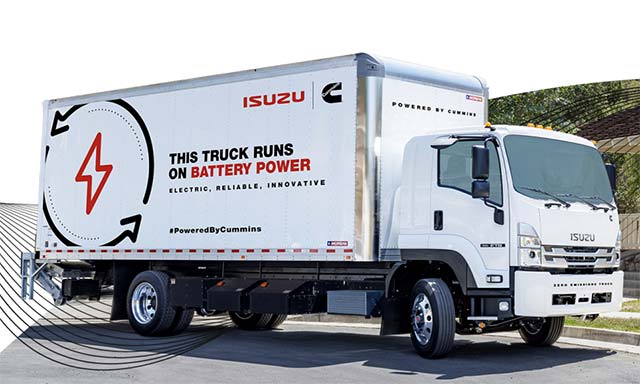


































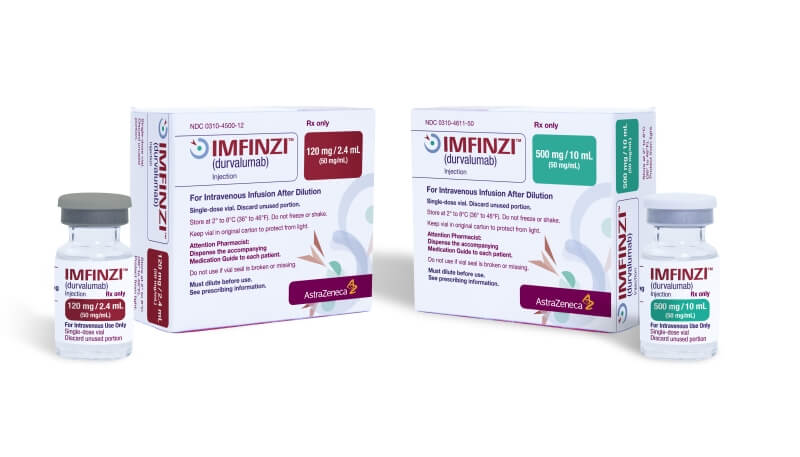




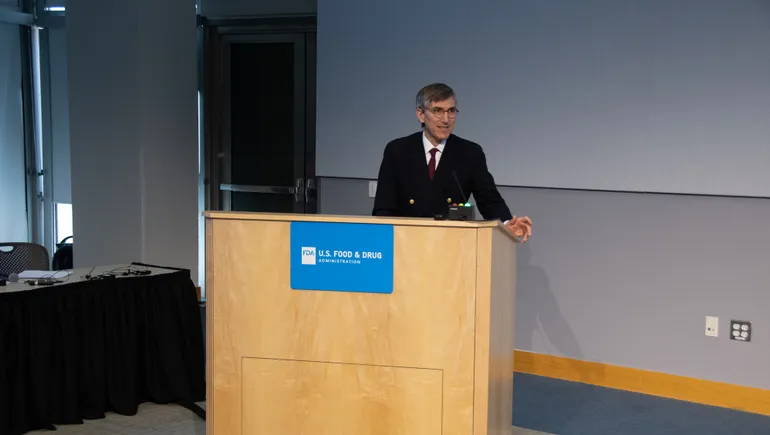
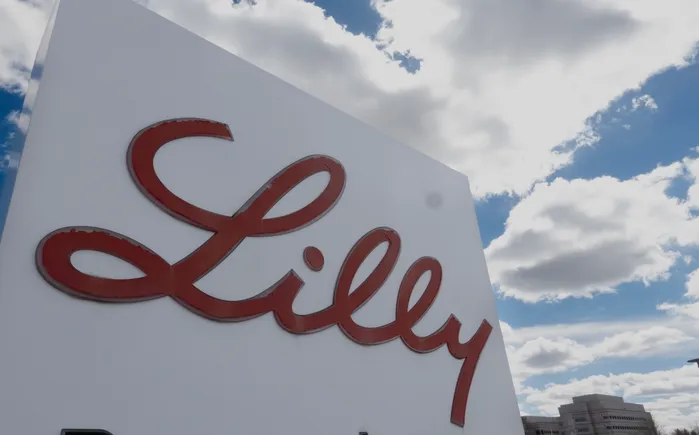





















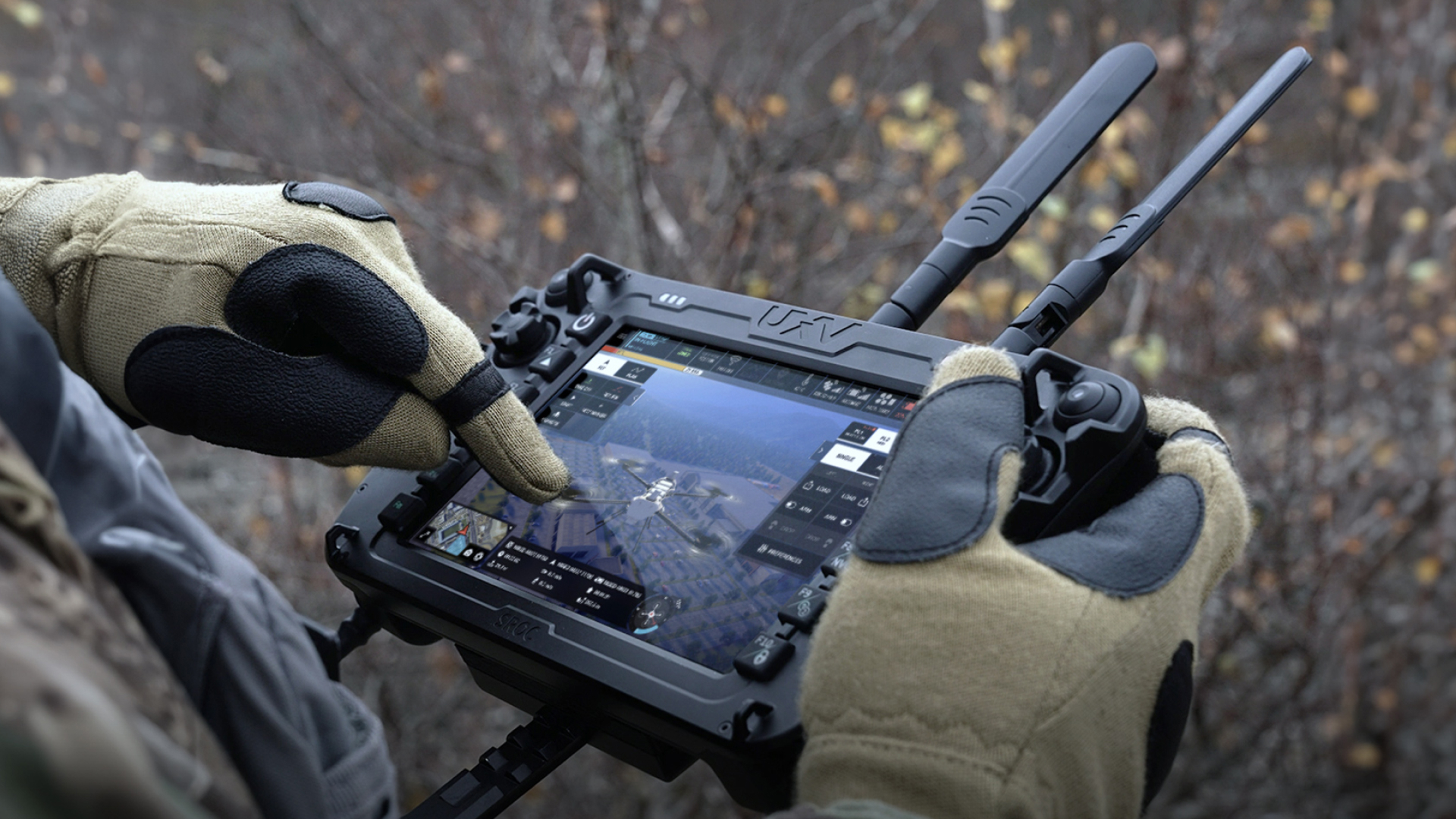

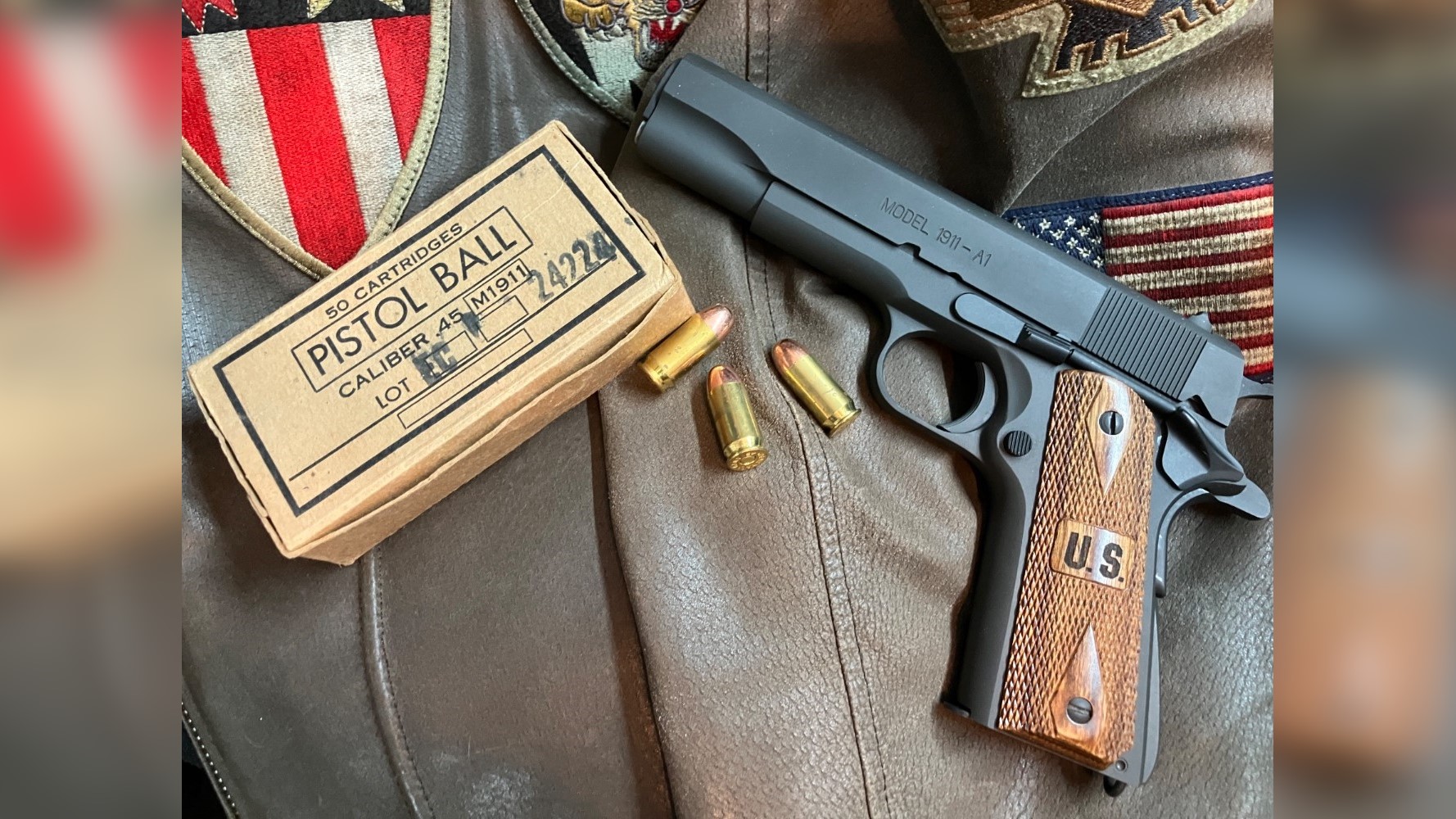























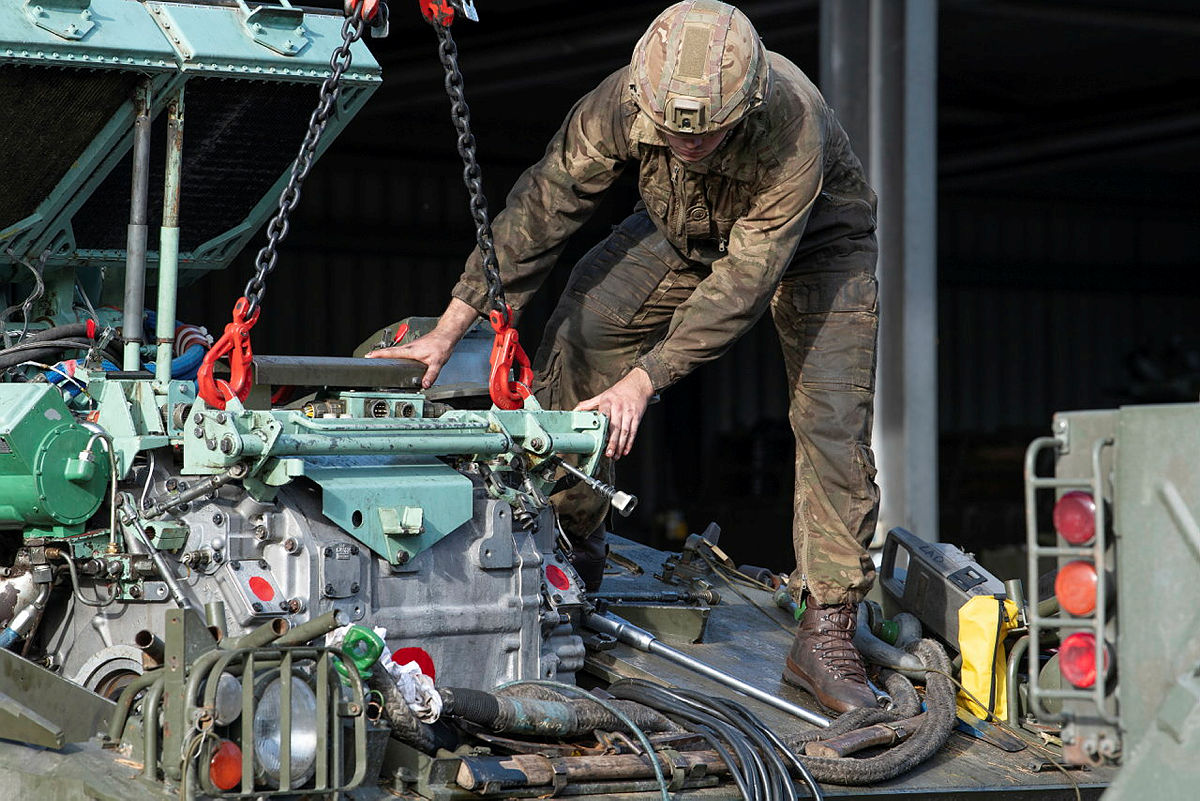

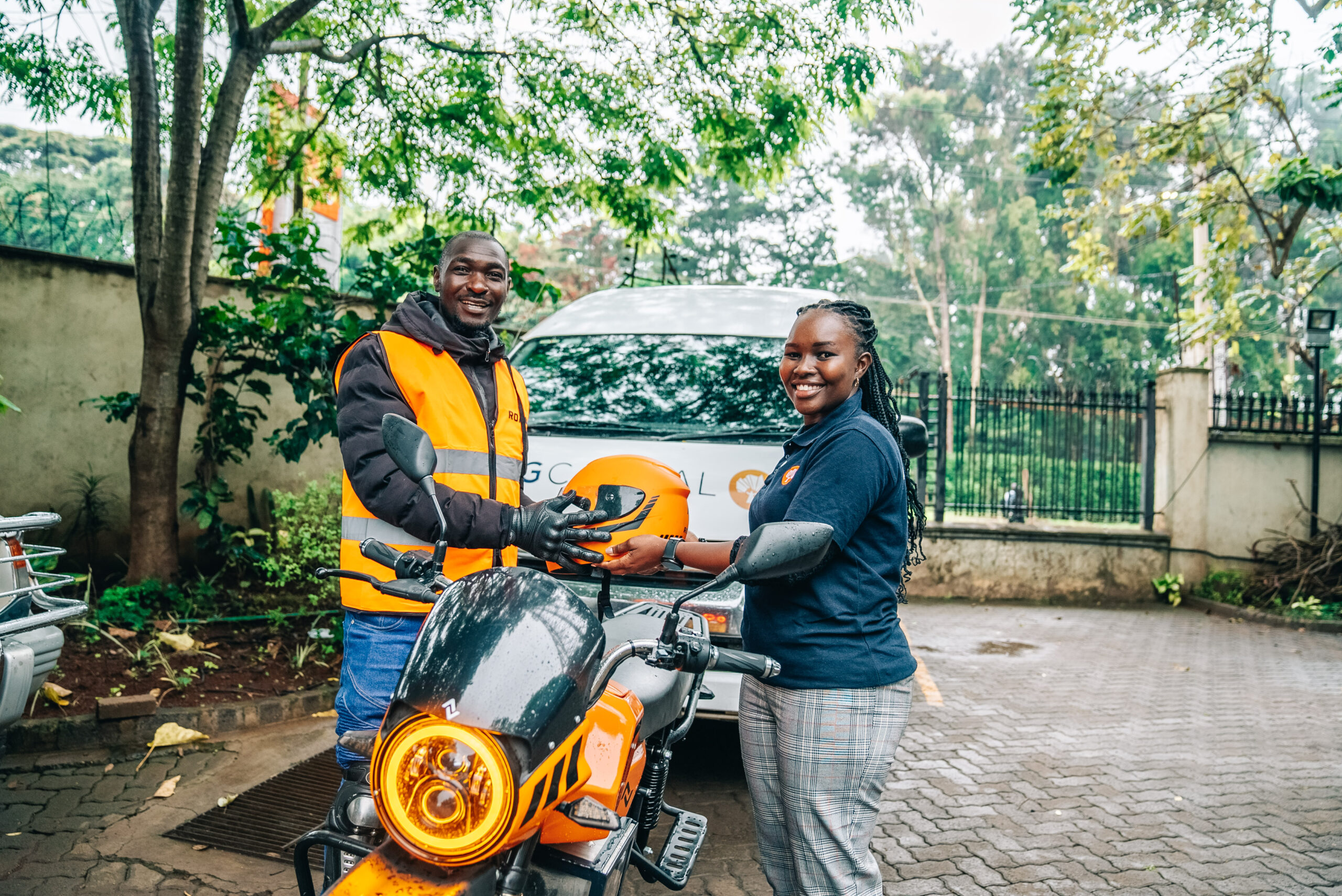












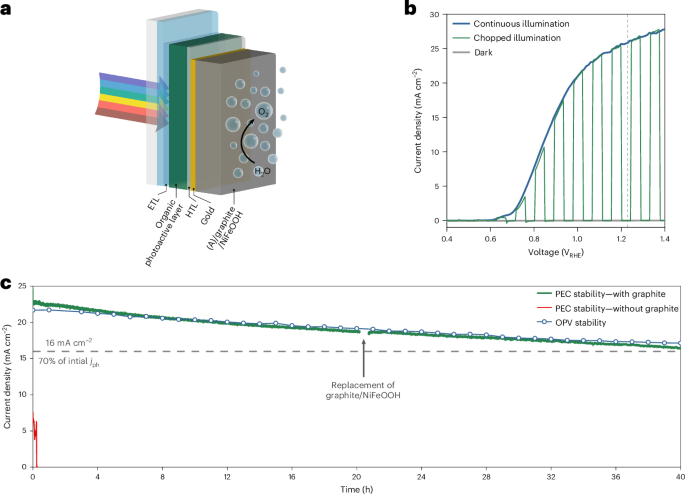








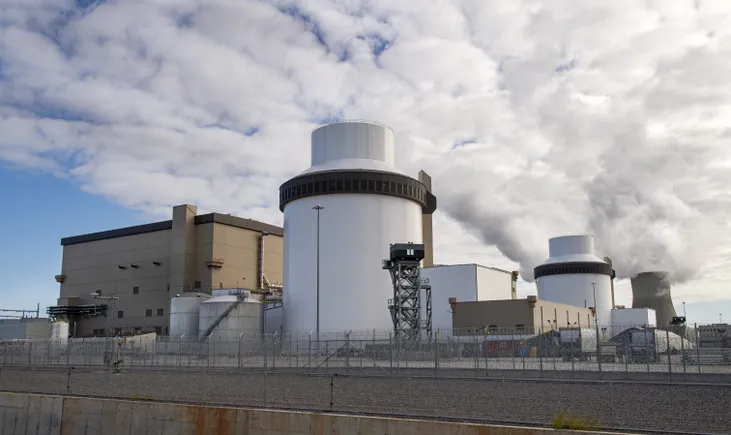












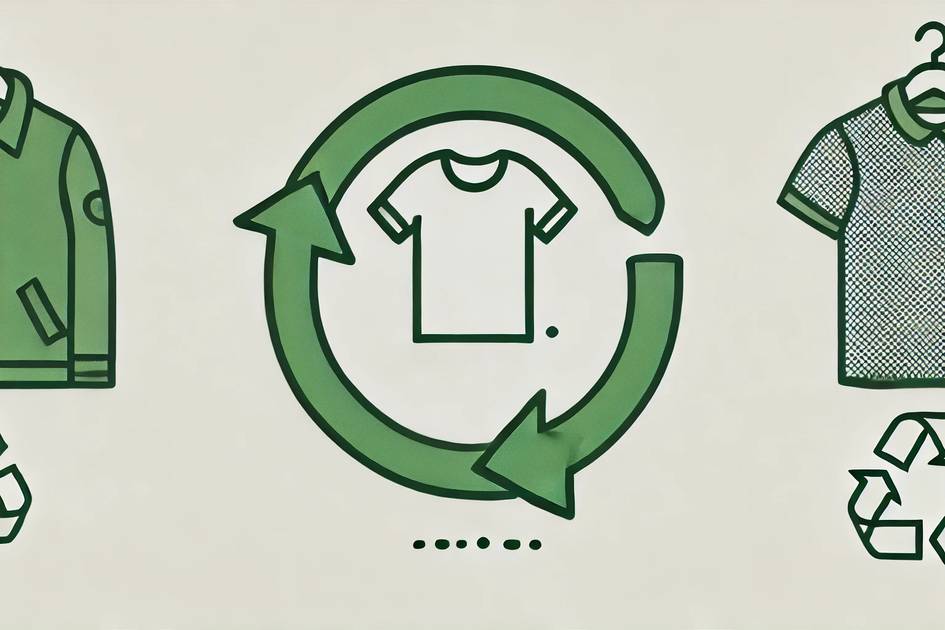
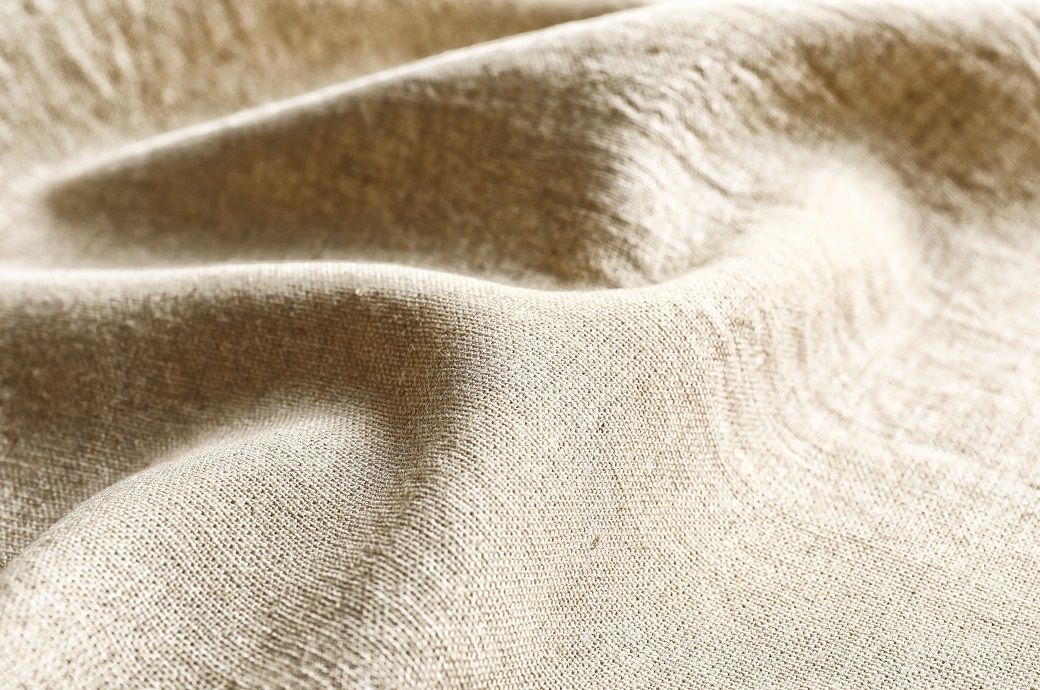
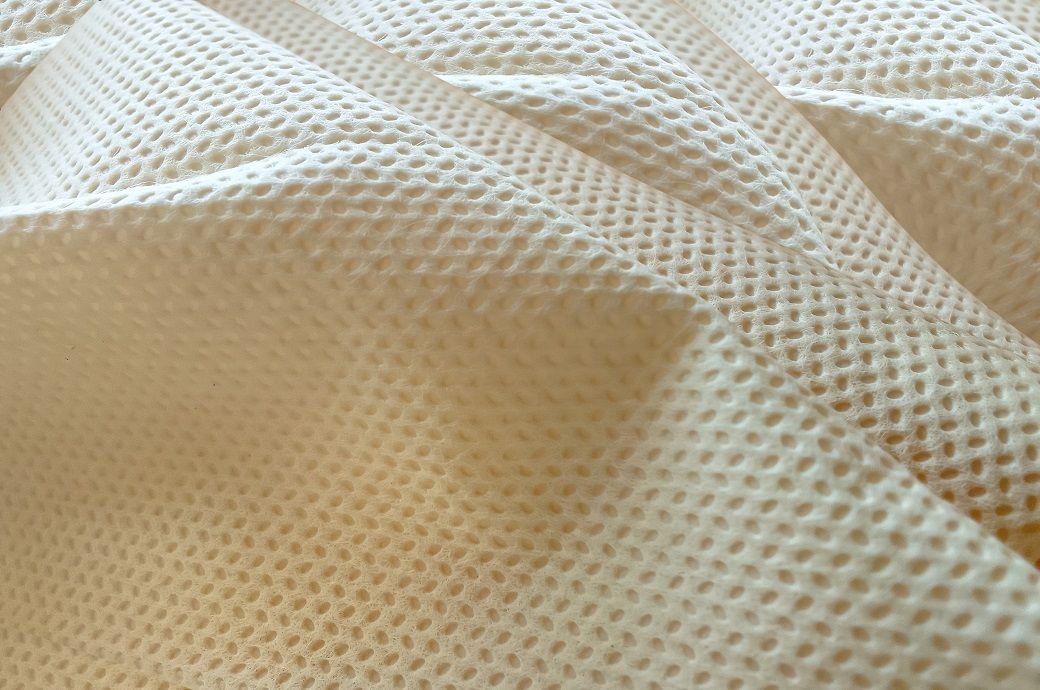
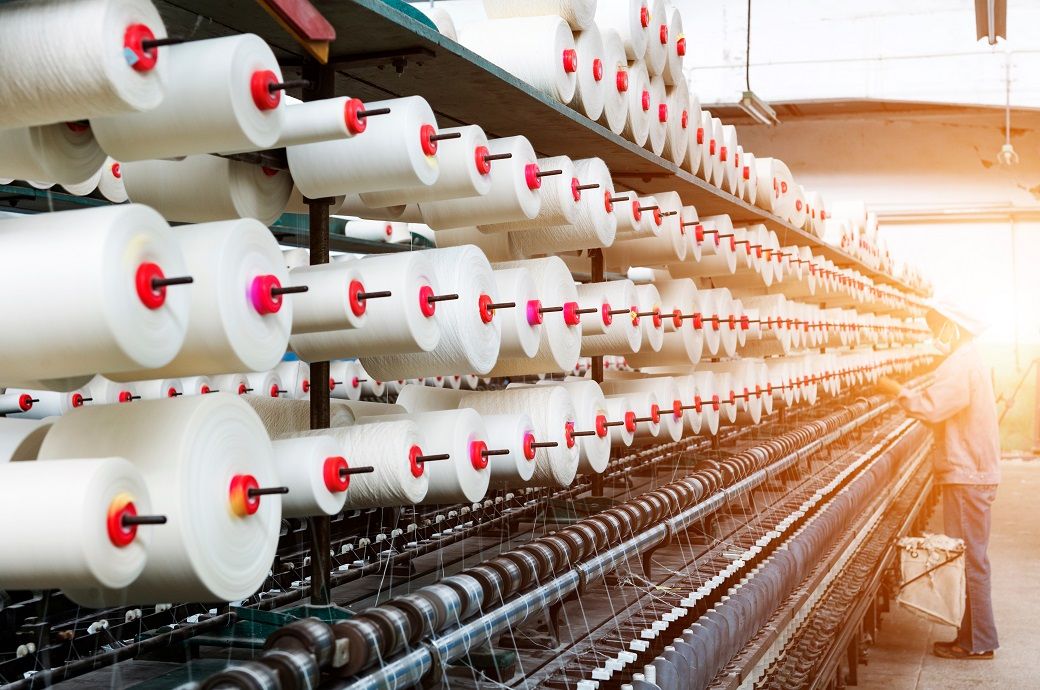








.jpg)






